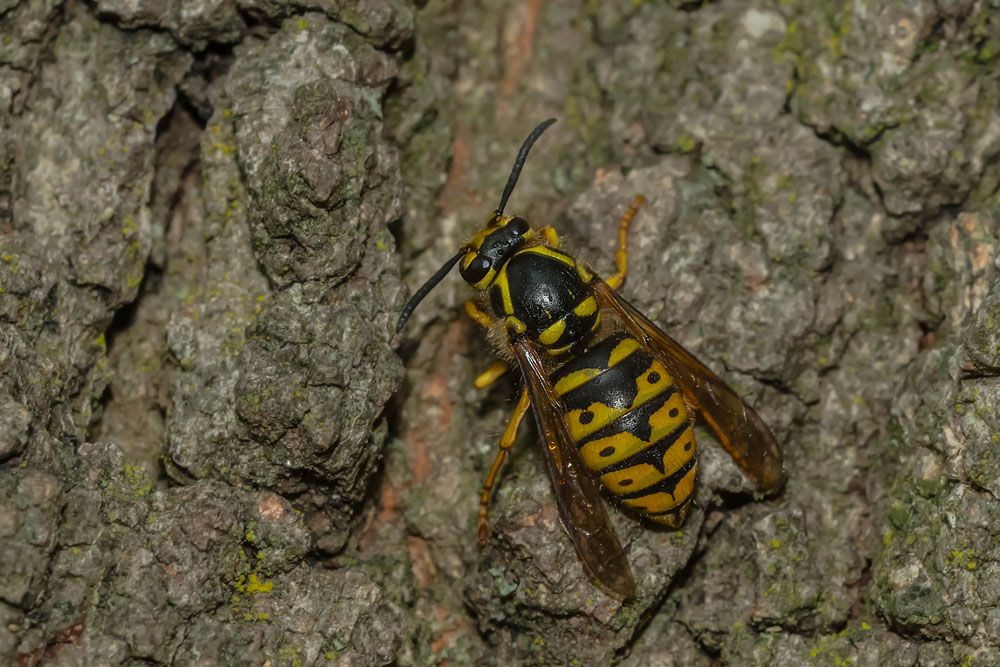
Acacia psyllid – Acizzia uncatoides
Acacia psyllid: Appearance, Territory, Damage, and Life Cycle
Latin Name: Acizzia Uncatoides
Appearance: You’ve probably heard of lice, which may infest people’s hair and cause severe itching. But did you know that there is a species of bug known as a plant louse? Plant lice feed on plants in the same way as ordinary lice feed on humans.
Psyllids are extremely picky feeders. They eat by sucking plant liquids, and each species will only feed on a certain type of plant. Adult insects resemble flying aphids but lack the cornicles found on aphids’ top abdomen. They are greenish-brown in color and deepen in chilly temperatures. The eggs have brilliant yellow color and hatch into orange to greenish nymphs that feed on the top surface of the leaves.
Hosts Plants: Plant lice are insects of the Psyllidae family, and their more scientific term is psyllids. Their host plant is acacia plants, albizia leaf, buds, and soft shoots.
Territory: When brought from Australia, where many acacia bushes originated, they bring their accompanying insect problems with them. It is now found all over the world in combination with Acacia and Albizia, notably on Koa trees in Hawaii.
Damage Insect Cause: Psyllids feed on plant liquids and produce sticky honeydew, which supports the growth of blackish sooty mold. Some species produce light or white wax masses, pellets or threads, or lerps, which are coverings. Plant development is slowed or terminals twist, discolor, get galled, or die back when psyllid concentrations are high.
One of the most effective ways is to knock the leaves to shake them out of their beds or just clip off new growth. When they reach the ground, their feeding is disrupted, and they are unable to progress to the next phase. Confidor is the most often used insecticide to manage this pest, however, it is harmful to beneficial insects. According to the most recent study, oil and soap sprays are ineffective.
Life History and Habits: This bug may have up to eight generations every year, especially in coastal locations where winter temperatures stay warm. The bug feeds on acacia and albizia leaf, buds, and soft shoots. The eggs are laid on the leaves and hatch into mobile, wingless nymphs. There will be five nymph instars and then the winged adult stage, with development from egg to viable adult insect taking only three weeks. Adults have well-developed hind legs and may leap swiftly, thus the term “jumping” plant lice.
